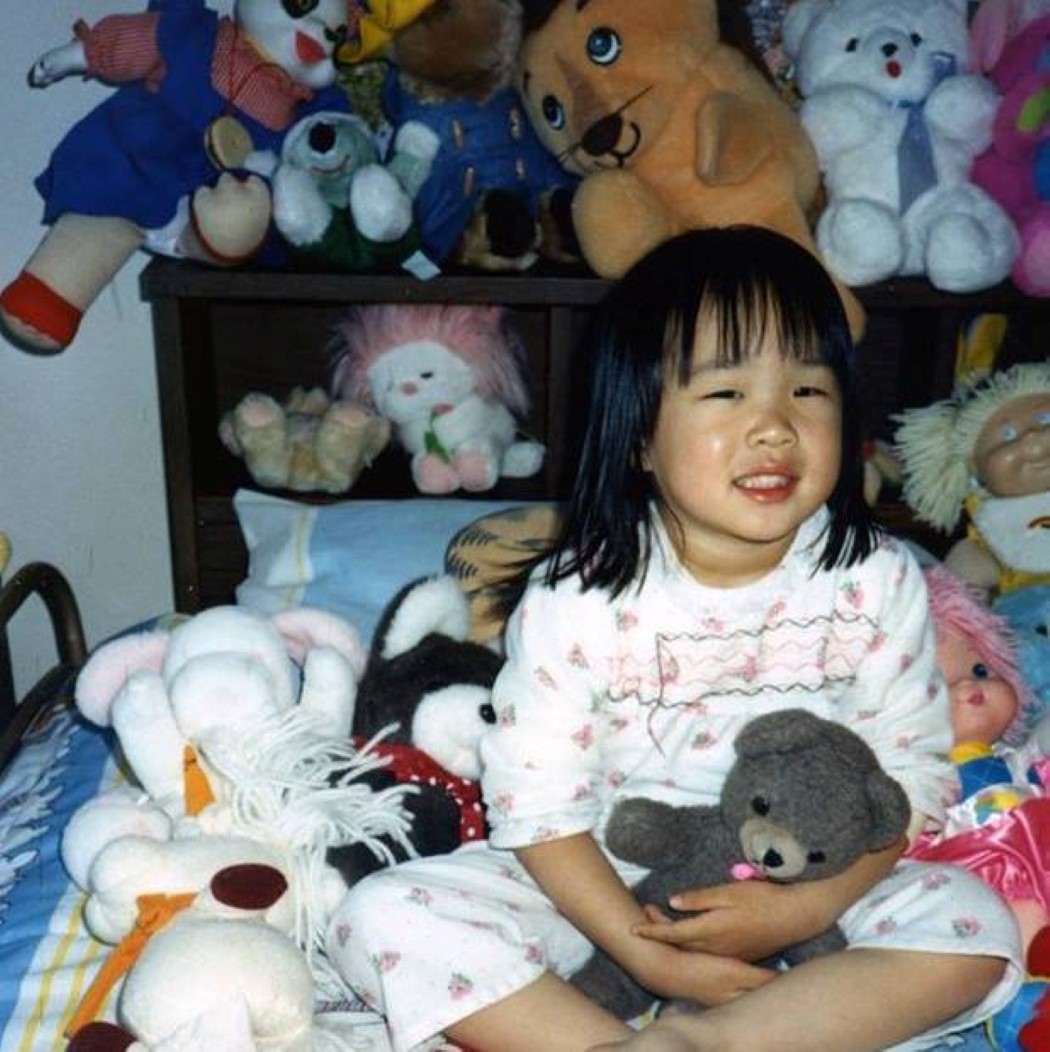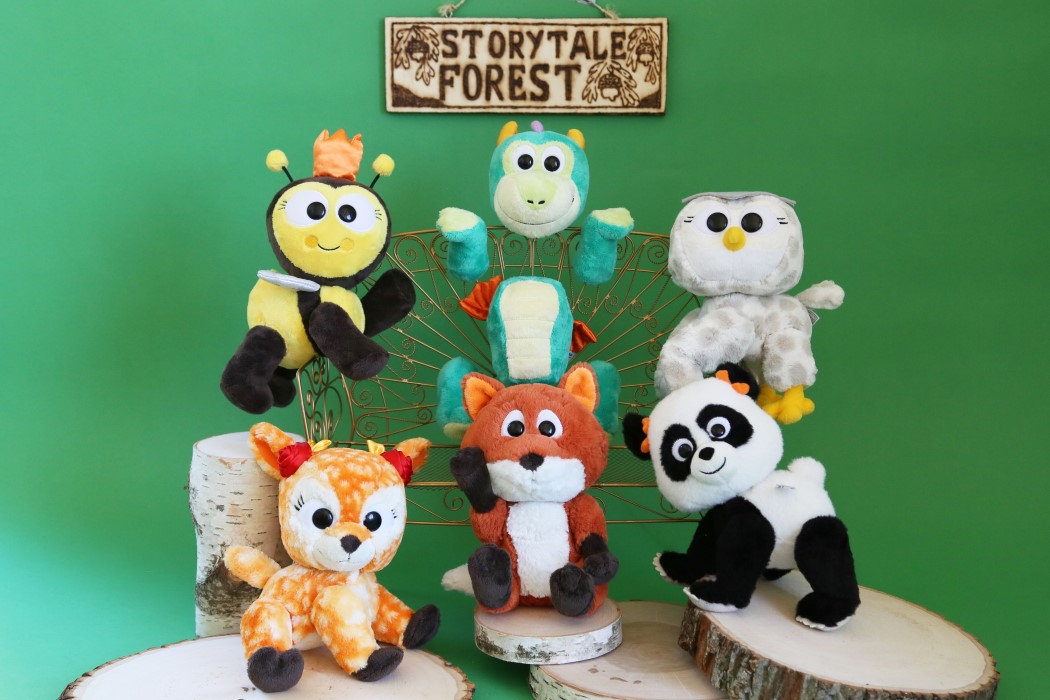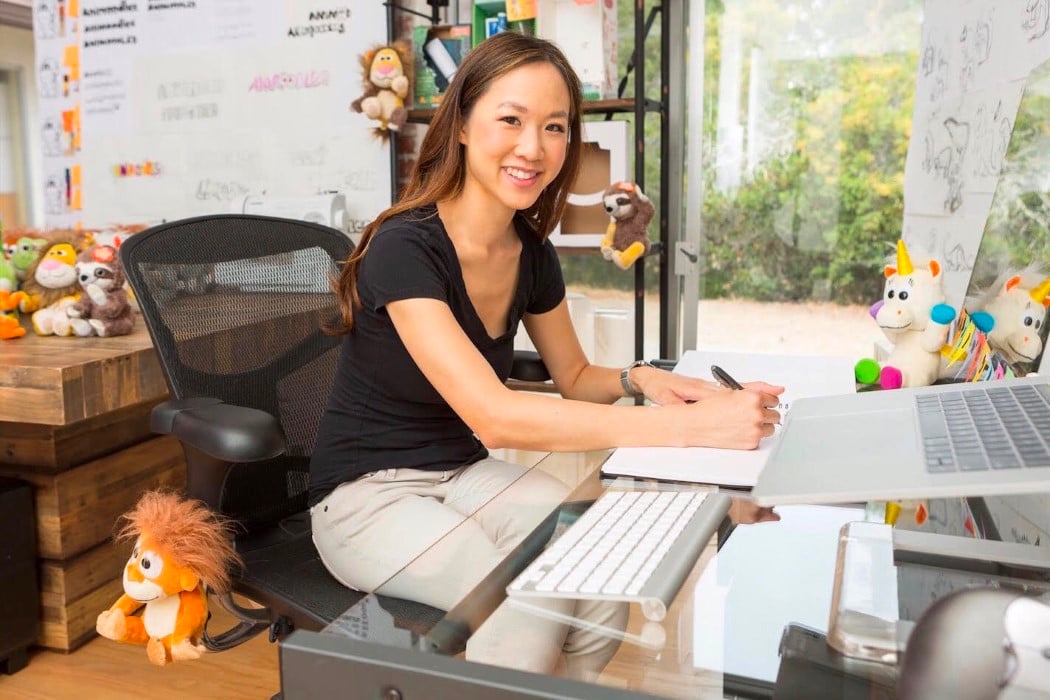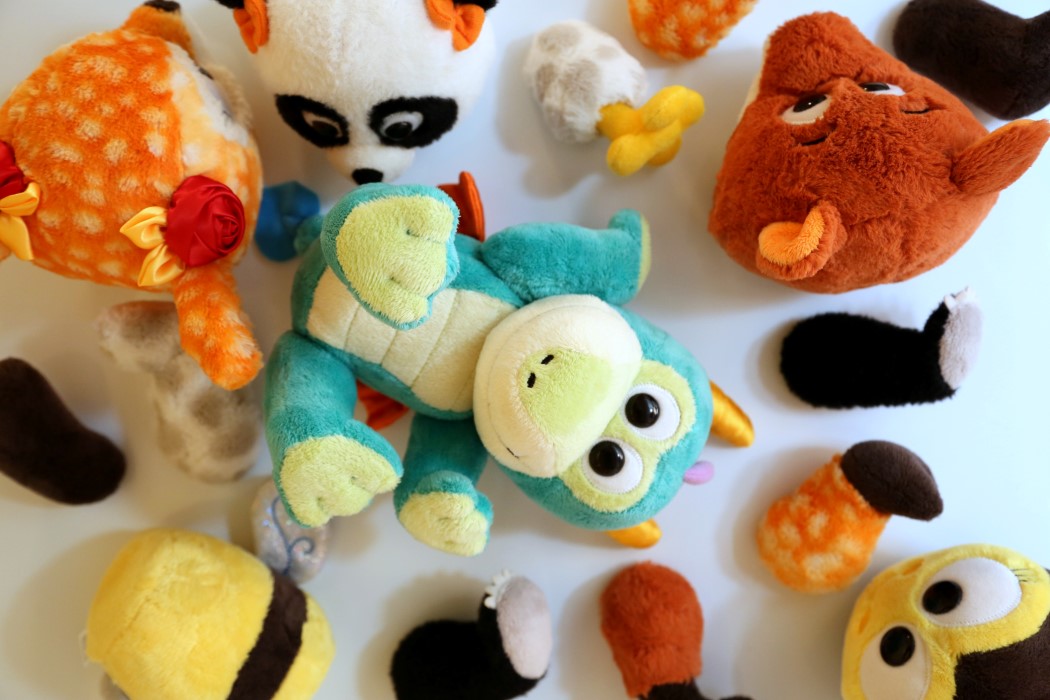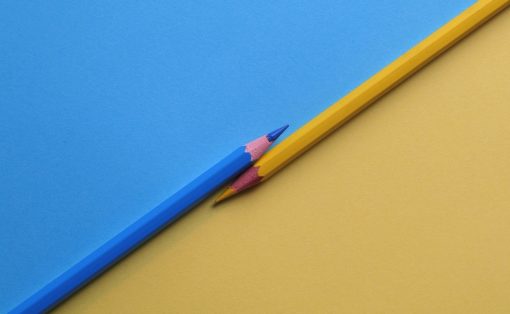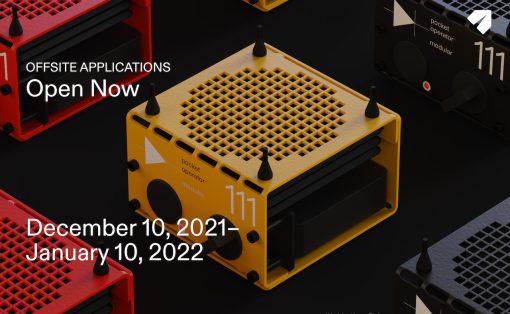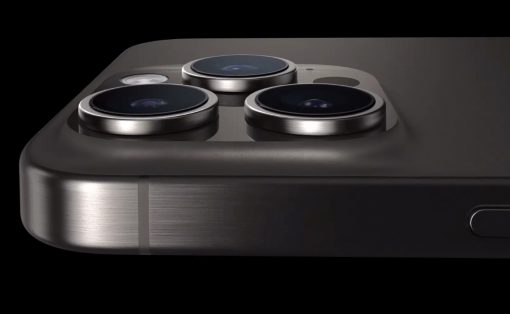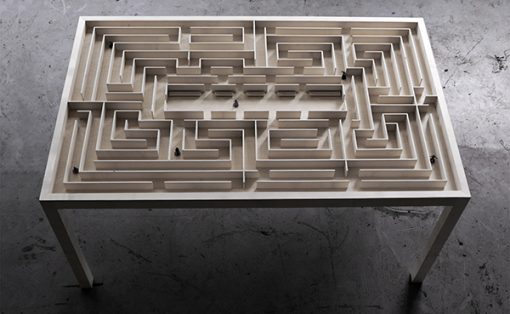https://www.kickstarter.com/projects/malouie/animoodles-collection-2-magnetic-plush-for-creativ?
It’s rare to come across someone who’s so intensely passionate about something, it spills over. You wouldn’t expect a 27 (turning 28 in January) year old man to be enraptured by plush toys, but just talking to Marissa Louie for a bit has me emotionally invested in the Animoodles, a series of stuffed toy animals with magnetically detachable limbs and heads that can be swapped to create animal hybrids.
I met Marissa through Designer’s Guild, a forum created by her on Facebook for designers to interact with one another, bounce ideas off each other, collaborate, and critique work as a healthy collective. The group is nearing 15 thousand members with as many as 100 people joining each week, and has stalwarts of the industry all the way from Don Norman to Chris Do. Marissa herself has a world of design experience too… A former Principal Designer at Yahoo and then an Art Director at Apple, Marissa moved onto found Portola Plush and create its first product, the Animoodles. Scroll below to read our conversation with her, where we talk about the Animoodles, her journey, the need for storytelling in design, the joy of kickstarting your designs, entrepreneurship advice for designers, and the much needed increase of women in designer and executive roles.
The Animoodles 2 launched on the 15th of October on Kickstarter and reached its funding goal in less than 48 hours! Check out its Kickstarter page here, or follow its Facebook page for updates. You can click here to join the Designer’s Guild on Facebook.
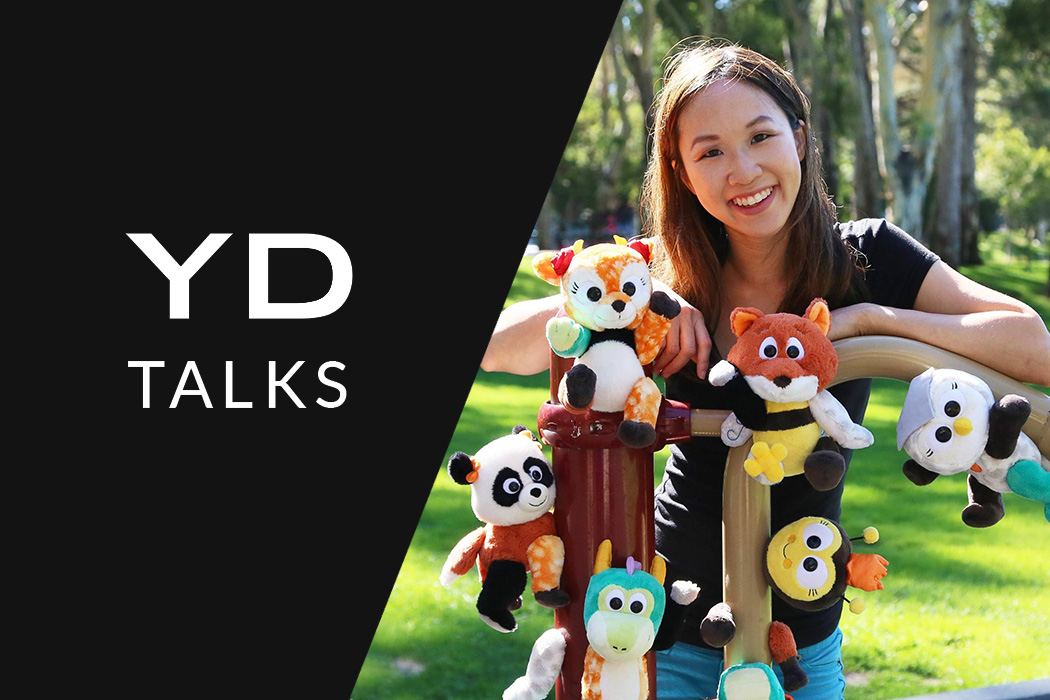
Yanko Design: Hey Marissa! Let’s begin by getting to know you a bit! Tell us a bit about you, your interests, where you’re from…
Marissa Louie: I was born in San Francisco, California with a gray teddy bear named Wuggie by my side. I collected hundreds of stuffed animals when I was a kid, and paid close attention to all of their details and features. I also created stories starring stuffed animals with my family on a daily basis. Stuffed animals were my first introduction to design and storytelling. Eventually, I became an art director, interaction designer, and product designer.
YD: Talk us through your professional journey!
ML: I’m a self-taught designer: I didn’t go to design school, but learned on my own. I started out in interaction and product design at various tech startups and companies including Ness, Apple, and Yahoo. I also founded a few tech startups of my own. Through these varied experiences, I developed a broad skillset that has design as a foundation, but also includes marketing, PR, and sales. This came in handy when I decided to create Animoodles.
YD: How did you plan your career in design? Was there a consistent impulse to be a part of the creative industry?
ML: I’ve always paid attention the aesthetics and details. When I was growing up, I always gravitated towards drawing, and arts and crafts. Then I developed an interest in fashion design and photography. I’ve always had a creative impulse, but didn’t know that I would take it seriously until after I graduated from college.
YD: What was working at Yahoo and then Apple like? Was there a definitive moment that triggered the switch to designing the Animoodles?
ML: At Yahoo, I developed the ability to design for the scale of a billion users, as a Principal Designer for Yahoo.com and Yahoo Search. At Apple, I developed the ability to design simple and elegant solutions to problems as an Art Director. Though working in corporate was comfortable, I found myself wondering whether I could make a bigger impact outside of digital design. I woke up one day while holding the gray teddy bear I was born with, and I knew the answer: my true passion since childhood was for stuffed animals. I thought, “What if I applied the design thinking I developed while designing apps and websites to designing stuffed animals?”
YD: Did that switch feel like a paradigm shift of sorts? How did your design education and work experience prepare you for your new role?
ML: It was definitely a paradigm shift. I had to learn a lot in order to be able to create Animoodles, but my design foundation prepared me for what I needed to learn. I approach designing stuffed animals from the perspective of design fundamentals: the first requirement is designing stuffed animals that people want, so I sketched over 50 ideas, and prototyped some of them. Instead of designing pixels, I learned how to sew from professionals. Then I applied my previous experience in conducting user testing for apps and websites to playtest stuffed animal prototypes with kids. Once I felt like I was nearing a product that people loved, I developed the Animoodles brand over the course of 3 months, resulting in a brand book of over 300 pages.
I also knew that designing Animoodles would require character design and illustration skills, so I took several courses in these areas so that I could work better with my future team. Once I started working with artists who formerly worked at Disney and Pixar, I continued to learn from them.
YD: Where did the idea for the Animoodles (and their interchangeable limbs) come from?! How did the idea evolve from the initial spark to the final product?
ML: I started out asking myself what unique or appealing stuffed animals could be created. I sketched many ideas and noticed that a lot of my ideas had hybrid animals. At dinner with my husband, I envisioned stuffed animal limbs detaching and switching around with each other, as if they were dancing.
I immediately knew it might be the seed of a good idea. Next, I considered different materials and methods to use in order to detach the limbs, such as Velcro; nothing seemed as simple as magnets.
I made rough prototypes of stuffed animals with magnetic limbs, and tested them with kids. Initially, the response wasn’t as positive as I thought it could be. So I worked with Dan Holland to do proper character design, and a stuffed animal prototyper to turn the character design into plush form.
I tested prototypes with magnet joints as well as Velcro joints with over 50 kids across the US. The magnet jointed stuffed animals that had cute character design were the clear winner. So I made tweaks to the magnet jointed stuffed animals based on feedback from kids, and the end product became Animoodles.
YD: I believe that the Animoodles are a great case for storytelling through design (especially given your story-focused target audience)… How important do you think it is to connect to an audience emotionally?
ML: With every Animoodle, we develop both the character design and the character personality. We think about the role the character plays in the Animoodles world. We ask who the character is, what their dreams and motivations are, what things they aren’t good at. We follow a rigorous story development and character design process, because it is so important to connect emotionally with customers.
It is so important for designers to understand what their audiences want. People want stuffed animals to be cute, so we dived deeper into what makes characters cute: the shapes and the personalities that are appealing yet unique. We make our characters have human-like qualities so that people can relate to their stories. Ultimately, we want people to fall in love with our characters so that they are emotionally invested in the stories and world we create. If we didn’t prioritize storytelling, I truly believe that Animoodles would not be as appealing.
YD: Talk us through the development of the Animoodles plush dolls. What were the constraints, concerns, challenges, while building prototypes and then going into mass production?
ML: The key difference between Animoodles and other stuffed animals is their magnetic joints. It was very important for us to get the magnetic joints right. The magnets had to have the right strength, had to be enclosed safely inside each plush part, and had to be durable enough to last for years.
We developed the magnet housing to not only be strong and secure, but also to be easy to manufacture. Everything represented in our prototypes has to be translated into manufacturing: we need to scale the materials and manufacturing methods for every aspect of Animoodles.
Making products for mass production requires that we make tradeoffs, since the exact materials used in our prototypes may not be available in large quantities. I stay in close communication with our manufacturing team to choose final colors and materials, to ensure our customers get well-designed products that stay true to our original vision for each character.
YD: I imagine the entire experience had a lot to offer in terms of professional growth. Anything you absolutely wish you knew back in design school? Any out-of-design skills you picked up?
ML: Some skills I wish I knew in design school are how to design products that can command a healthy price margin, and how to interpret design and market trends as new products. The key non-design skills I’ve developed while working on Animoodles include manufacturing and time management. I’m a very hands-on CEO, so I like to be competent in every key area that is required to bring Animoodles to market and to help it succeed.
YD: Designers aren’t traditionally taught to be entrepreneurs. There’s a lot of creative decision-making in what we do, but we seldom see Designers transition into Entrepreneurs. What advice do you have for designers who are looking to set up their own practices?
ML: Entrepreneurship is something you have to be very serious about, if you want to be good at it. It requires a very different skill set than design. I advise physical product designers who are interested in running their own businesses to learn about a diverse set of skills that includes leadership, marketing and PR, sales, finance, and manufacturing. It took me many years to develop competency in these skills, but I am able to confidently lead all aspects of my company because of my early investment in broadening my skill set beyond design.
YD: A lot of student/personal design projects never make it past the concept stage. What advice would you want to give to designers to help them bring their concepts to life?
ML: Producing physical products can be incredibly difficult for anyone who doesn’t have prior knowledge.
A few pieces of advice:
Test your prototypes with your target end users, and refine your product based on their feedback.
Develop manufacturing and sales contacts that are specific to your product. These relationships can take years to build, so plan ahead and do it before you need them.
Ask retailers and distributors what price they would pay for your product, and what price they would sell it to customers at. Make sure you can manufacture at the desired wholesale price before going into production.
YD: I remember you made a very important observation a while ago, about how every CEOs of the top 20 toy companies were men. I believe there’s a large deficit of women designers in our industry too… What has your experience been like? What are your thougths?
ML: It’s just not right that the CEOs of the top toy companies are ALL men. Even if the individuals are well-intentioned people who promote women to leadership ranks, the men are still at the very top. It sends the wrong signal to everyone in their companies and in the toy industry. It’s about time that this gets shaken up. Young girls need examples at the very top to look up to. And it doesn’t make sense for the CEOs of the top toy companies to be all men, despite the customers who purchase toys being primarily women and mothers. I hope that the next generation of top toy industry leaders will be diverse.
YD: You’ve just launched the second iteration of the Animoodles, with a new series of animal plushes. How did you build on the original series? Did you do anything differently this time?
ML: The Animoodles storyline continues on from the previous collection, where the characters of Animoodles Collection 1: Wild Jungle arrive at Storytale Forest, where every Animoodle has a different storytelling ability including singing, acting, directing, crafting, painting, and story writing. Animoodles Collection 2: Storytale Forest is comprised of 6 brand new Animoodles characters that are compatible with all Animoodles. We developed this collection because our fans requested it. And they specifically requested the characters included in it! These new characters aren’t just cute, but their fur is even softer than before. We have also developed the magnet joints further so that their magnetic strength is higher than before. Lastly, Animoodles Collection 2: Storytale Forest is available to back on Kickstarter now, and we will be shipping orders in the US before Christmas. It took us around 6 months to develop and launch Animoodles Collection 2.
YD: This interview is far from over! Where can readers with questions reach you? Or do you plan to become a recluse in the Storytale Forest!
ML: Ha, ha – this made me laugh! Readers can connect with me on Facebook, LinkedIn, and Twitter, and head to the Animoodles website to check them out too!
YD: We also look forward to your editorials on YD where you give us pointers on how to transform a design concept into a retail-worthy product that brings in money! Hope you drop a lot of tips and truth-bombs!
ML: I look forward to it, too! I welcome any suggestions for topics to cover.
Don’t forget to check out the Animoodles 2 on Kickstarter!

